CinevatorOne – 2K Real Time Film Recorder
The Cinevator®one is a digital film recorder that operates in real time. This machine produces negative intermediate images in the speed of 24 frames per second with outstanding quality. Our image is not line-based and consequently the image structure is unique. The quality and speed of this machine will put your company ahead of competition. There is no faster way to film!
Key Features
• The Cinevator®one records negative images directly onto the relevant Kodak or Fujifilm negative intermediate film – in real time!
• Uncompressed 2K images are received through single/dual link DVI. HD resolution material is received through coaxial SDI inputs.
• Custom designed pin-registered film transport for high performance, superior stability and steadiness.
• Quick and easy film loading and lacing by using custom designed film plates and fully accessible film path. Automatic detection of loaded and remaining film length.
• Imaging Engine based on Texas Instruments DLP® technology for unsurpassed image quality.
• The patented LED illumination system guarantees full dynamic range, colour fidelity with unsurpassed stability and an extremely long lifespan.
• Custom designed optical zoom system allows recordings of all formats at native resolution.
• User friendly Graphical User Interface via LCD touch screen.
• Error tolerant, ergonomic and user-friendly design.
• State-of-the-art digital imaging technology built into a robust system to run 24/7 all year round.
• The reliability of the modular design gives rise to a low maintenance system backed by a highly trained global service support team.
How It Works
The Cinevator®one receives film-data in real time through an SDI link or DVI input. Based on the film data available, recording or printing jobs are prepared on a job preparation work station (a normal Desktop PC that is connected to the Cinevator®one). Sound and Subtitle files are easily loaded through the job preparation work station. Remote Disk Recorders or VTR’s can be connected to the Cinevator®one through Ethernet or serial line, and these can easily be controlled from the job preparation work station. Once established, the recording jobs are displayed to the operator on the LCD touch screen, so that the operator will just have to select the job or a complete reel (a sequence of jobs) to be recorded after he has loaded and laced the film. After pressing “Start” the Cinevator®one runs on its own until the selected job or the film-reel is completed. During exposure of film a self calibrating function is active, continously making sure that brightness and colour balance from the LED light source are always kept at the intended values.
Benefits
The Cinevator®one offers more – in real time! If you want to record to negative intermediate and then use your normal process, there is no easier or faster way to do it than with the Cinevator®one. If flexibility matters, the Cinevator®one is the best choice, and the Cinevator®one significantly reduces operation costs, material costs, and maintenance costs. The Cinevator®one can easily be upgraded to become a full-featured Cinevator®five. The Cinevator®one is a future-proof investment.
Supported Film Stocks
All relevant intermediate film stocks on both polyester and triacetate base from Kodak and Fujifilm are supported:
• Kodak Vision Color Intermediate Film 5242
• Kodak Vision Color Intermediate Film 2242
• Fujifilm Intermediate Film F-CI 8502
• Fujifilm Intermediate Film F-CI 4502
Specifications
Control Interfaces:
Ethernet, RS-422
Film Content Inputs:
Single or Dual link HD-SDI (4:2:2 or 4:4:4), Single or Dual link DVI-D
Input File Formats:
HD and 2K real time played back image files (typically DPX, Cineon, TIFF, TGA, BMP) through e.g. a disk recorder (sold separately)
Internal Data Processing:
Real time 48 bits (16 bits per RGB channel)
Recording Speed:
24/25 frames per second (~0.04 seconds per frame)
Light Modulator:
DLP® (Digital Light Processing) by Texas Instruments
Light Source:
Long life LED light source (RGB) with a typical MTTF of 25.000 hours. Self calibrated for brightness and colour stability.
Optical System:
Sealed and temperature controlled Image Recording Optical System with a high resolution optical zoom that is capable to zoom to all geometric output formats.
Film Transport:
Servo controlled film transport system with state-of-the-art pin registered film movement for excellent steadiness and stability.
Film Exposure Area:
Images are exposed according to SMPTE 59-1998, style A and B. 2K (2048) and HD (1920) are both exposed in native resolution across “academy” area. This is achieved through optical zoom.
Film Capacity:
50 m (160ft) to 1220 m (4000 ft).
Sound Recording:
System can be upgraded later to record sound.
Subtitle Recording:
System can be upgraded later to record subtitles.
Remote Control:
Via Ethernet or separate VTR or Disk Recorder,- or control of VTR or Disk Recorder from the Cinevator® (by RS-422).
Self-Diagnostics:
Advanced Self-Diagnostics with Event and Alarm reporting.
Operation Time Maintenance:
Designed for 24/7 operation with scheduled maintenance.
Safety:
Compliant with relevant technical and safety standards in the EU and USA.
Machine Operating Environment:
Darkroom environment required. Operating temperature between 18 °C – 23 °C (65 °F – 74 °F). Variation 2 °K/h. Humidity between 20 % – 75 % RH, non-condensing.
Power Connection:
115V ±10% 60Hz 16A Single Phase and 240V ±10% 50Hz 16A Single Phase.
Dimensions:
Approx. w: 1800 mm (71’’), h: 1930 mm (76’’), d: 877 mm (34’’).
Weight:
Approx. 700 kg (1550 lbs).
Warranty:
12 months. Extended warranty and service programs available.
Real Time Disk Recorder (optional extra):
DVS Clipster or Pronto, FilmLight Truelight Player.
Disclaimer
Due to ongoing product development, these specifications, the design and the pricing of the Cinevator® are subject to change without notice.

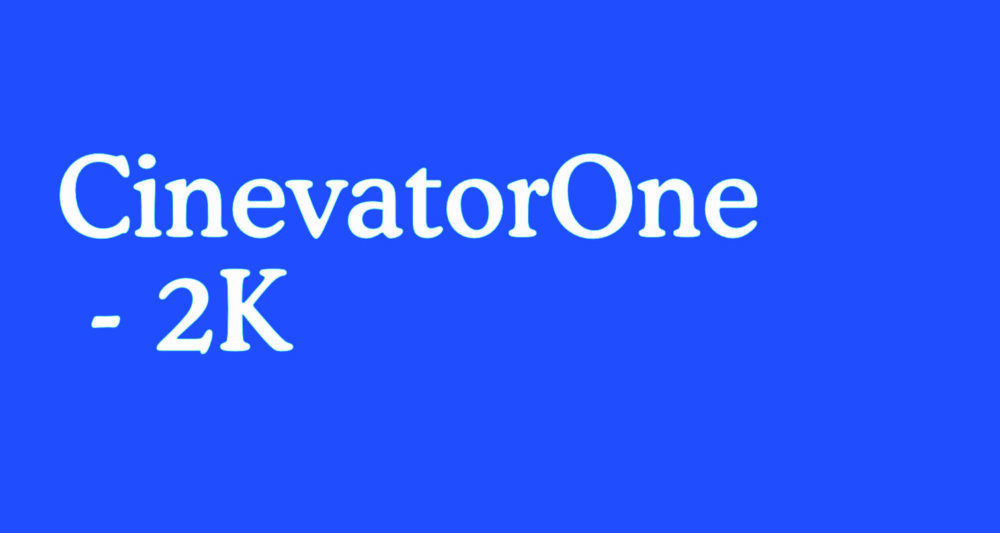
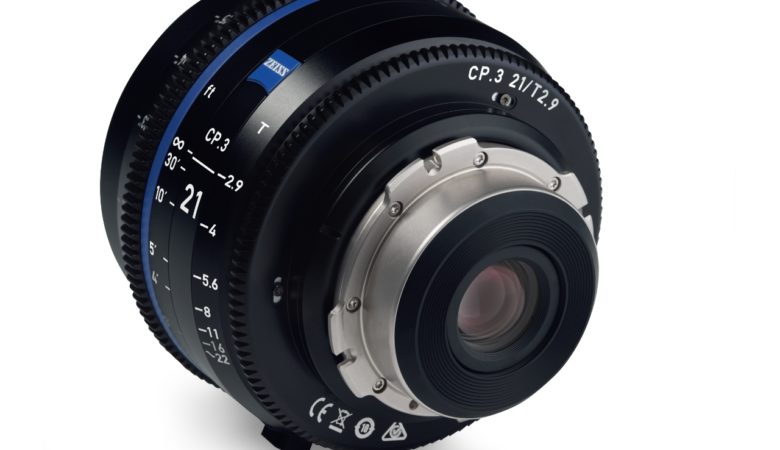
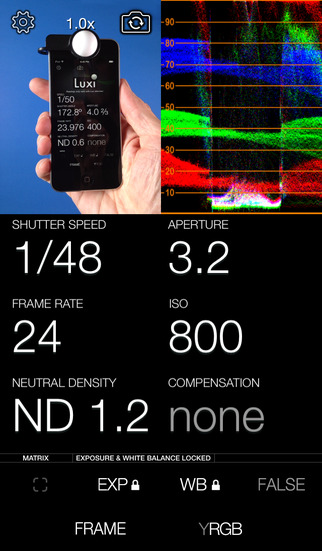
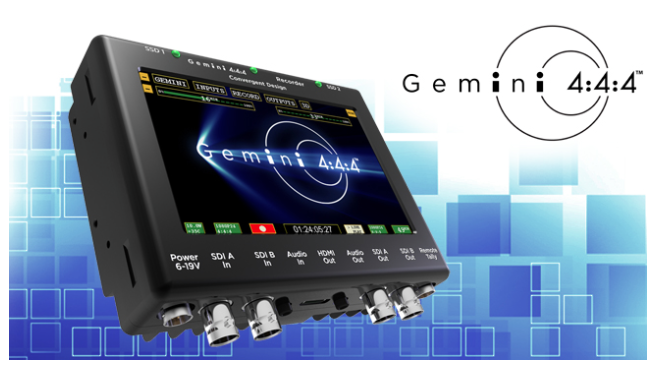
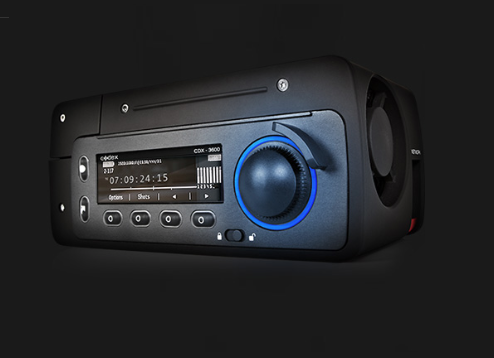



Leave a Reply